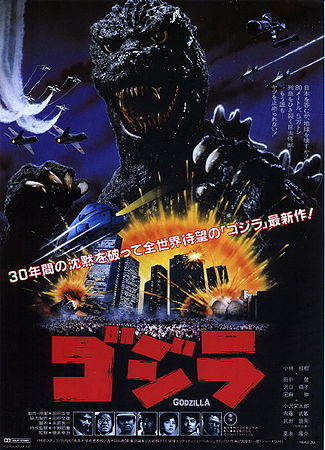 Also known as Godzilla 1984 (or Godzilla 1985 if you were in North America) The Return of Godzilla
was Toho’s reboot of the Godzilla series in the hopes of boosting
dwindling ticket sales that the franchise had been getting of late.
Despite the film having been produced during the Shōwa period
(1954-1975) The Return of Godzilla is considered to be
the first entry in the Heisei series, and it completely ignores the
previous entries considering itself a direct sequel to the original 1954
classic. This entry goes with a darker tone, no longer is Godzilla a
friend to children in short pants, nor will he be seen fighting other
monsters. Once again Godzilla is a rampaging force of nature that could
spell the end of mankind.
Also known as Godzilla 1984 (or Godzilla 1985 if you were in North America) The Return of Godzilla
was Toho’s reboot of the Godzilla series in the hopes of boosting
dwindling ticket sales that the franchise had been getting of late.
Despite the film having been produced during the Shōwa period
(1954-1975) The Return of Godzilla is considered to be
the first entry in the Heisei series, and it completely ignores the
previous entries considering itself a direct sequel to the original 1954
classic. This entry goes with a darker tone, no longer is Godzilla a
friend to children in short pants, nor will he be seen fighting other
monsters. Once again Godzilla is a rampaging force of nature that could
spell the end of mankind.The film itself doesn’t feel much like your standard Godzilla movie; as with most entries in the franchise Godzilla’s screen time is limited due to budgetary constraints, but instead of the rest of the movie being filled with goofy alien subplots or idiotic adventures with small Japanese children, this movie has more of a horror film vibe with a dash of government thriller. The movie opens with a Japanese fishing vessel being tossed by rough seas after a volcanic eruption, one that of course awakens and unleashes Godzilla onto the world, and the sole survivor onboard is Hiroshi Okumura (Shin Takuma). This poor chap is discovered by news reporter Goro Maki (Ken Tanaka), who was sailing in the area when he came across the seemingly abandoned vessel, and while investigating the “ghost ship” he is attacked by a giant sea louse. He is saved by Hiroshi and the two becomes friends, but it’s Hiroshi’s sister Naoko (Yasuko Sawaguchi) that Hiroshi would prefer to get friendly with.
It’s nothing unusual to have a love story in a Godzilla film, the 1954 original had the classic love triangle, but the opening of The Return of Godzilla is shot more like a horror film than it is your standard kaiju film. Hiroshi creeps through the darkened corridors of the ghost ship as if Jason Voorhees or Michael Myers could pop out wielding an axe or machete at any time. The first crew member that Hiroshi encounters looks like more like a victim of a space vampire than it does Godzilla.
Note: The drained corpses aboard this ship were killed by the giant louses which are believed to have been mutated by feeding off of Godzilla. Not your typical kill in a Godzilla film.
Godzilla himself appears out of a fog bank like a giant spectre, and the score is very understated and creepy, completely unlike the Godzilla march composed by the great Akira Ifukube, who refused to return to the franchise upon hearing that the monster was to be increased from 50 metres to 80 metres (260ft) stating, “I do not write music for 80-meter monsters.” Though his iconic score is greatly missed I’d say Reijiro Koroku did a fine job going in very different and slightly creepy direction.
The first half of the film works almost as a political thriller with the government trying to cover up the return of Godzilla to prevent wide spread panic. Hiroshi’s news article is suppressed and Goro Maki’s survival is kept under wraps, Hiroshi goes against the government by letting Naoko know that her brother is alive, but when a Russian nuclear submarine is destroyed by Godzilla the Japanese government has to cop to the truth to prevent Russia from going to war with the United States, who they blamed for the incident. Things get tense when both Russia and the United States want Japan's consent to launch nuclear missiles against Godzilla, and after much debate the Japanese Prime Minister (Keiju Kobayashi) refuses and decides to go with more conventional weapons. Historically speaking the Japanese being less than keen about having an atomic explosion on their soil is not all that surprising. Lucky for them they happen to have an armored flying fortress called the Super X which can shoot cadmium rounds that would hopefully neutralizes Godzilla's atomic power as his heart is similar to a nuclear reactor, the cadmium shells would then slow down his heart, and knock him unconscious.
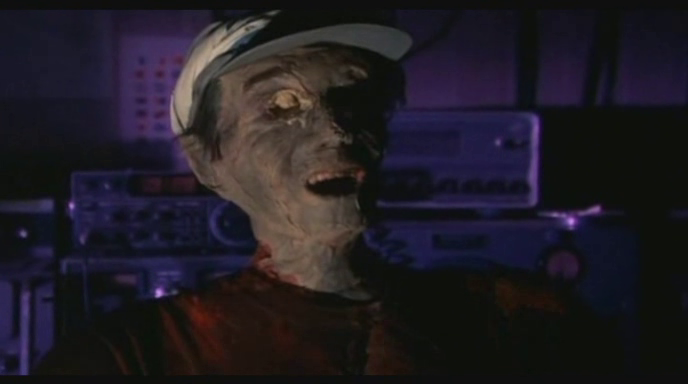
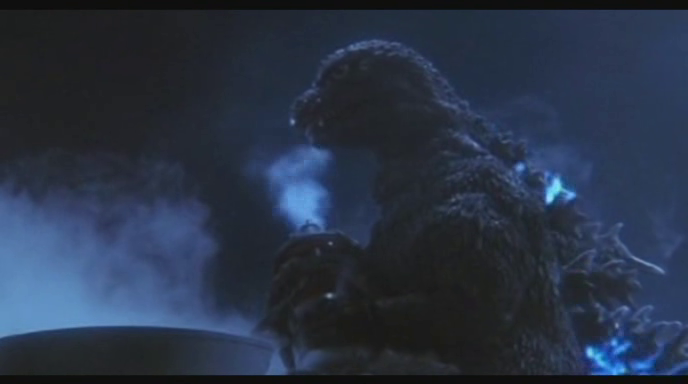
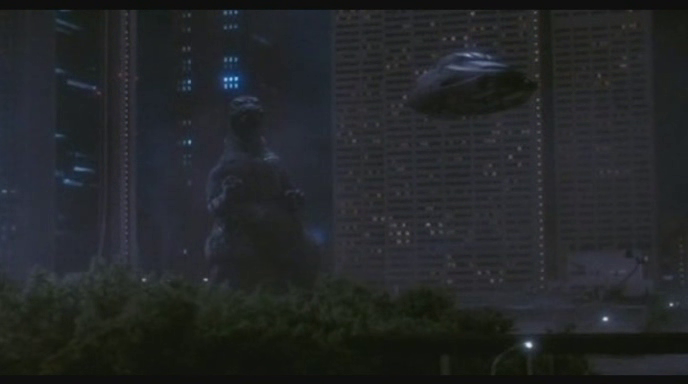
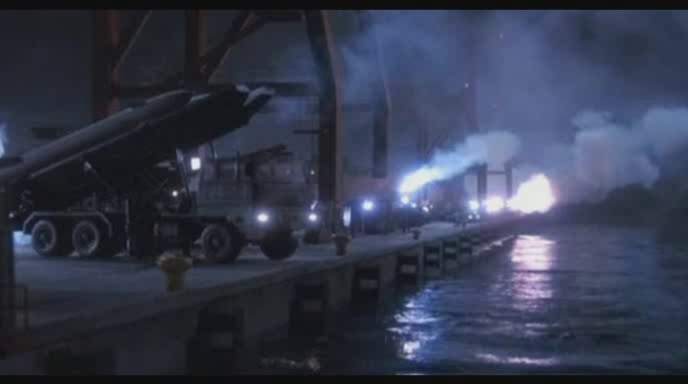

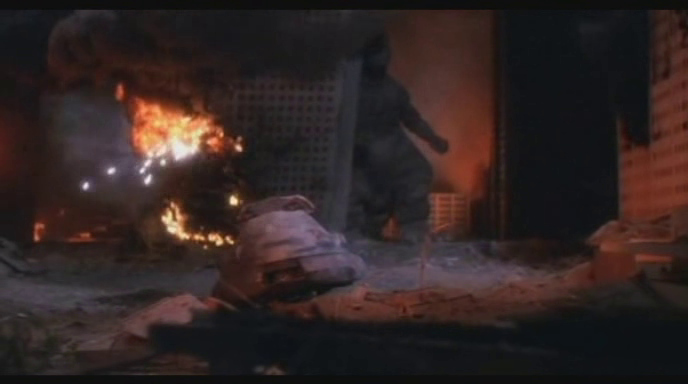
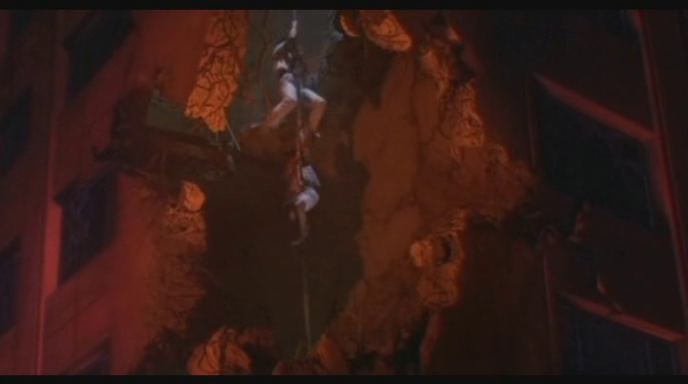
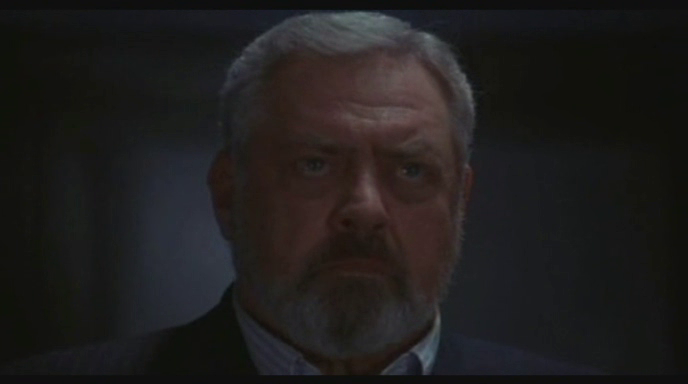

No comments:
Post a Comment